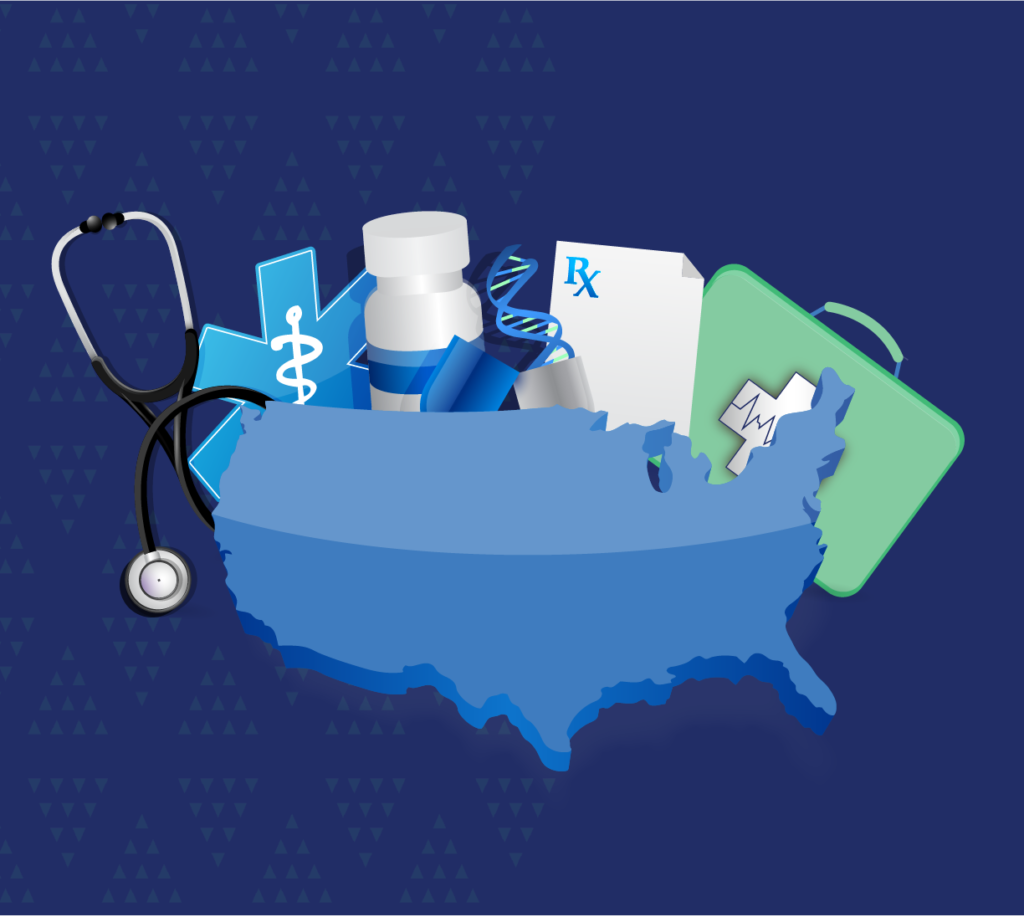See article as it originally appeared in MedCity News.
The pharmaceutical industry made more headlines in 2021 than in any other year in recent memory. And 2022 is set to be a monumental year as well. Here are three key themes that will define the year ahead.
Biosimilar interchangeability
In 2021 the FDA approved the first two interchangeable biosimilars in the US: Insulin Glargine (yfgn) for Lantus and Cyltezo for Humira. These will bring much-needed, lower-cost options to insulin patients and people with inflammatory conditions. Even more importantly, it shows that interchangeable status for biologics can be achieved.
Unlike generic drugs, the production of biologics can’t be exactly replicated each and every time. It’s almost like different vintages of wine. The same vines in the same vineyard produce a slightly different product in each vintage. Wine from a neighboring vineyard may be extremely similar, but not identical.
As a result, the FDA sets a much higher standard for biosimilar interchangeability than it does for generic drugs. Although clinically identical, most biosimilars of a brand-name drug that are not interchangeable require a provider to write a prescription specifically for the biosimilar. Interchangeability allows pharmacists to swap in the biosimilar just like a generic (unless blocked to preserve the higher cost and rebate, but that’s another article).
Obtaining interchangeability took Glargine and Cyltezo years to complete, and the latter won’t hit the market until mid-year 2023 or even later if blocked by patent extension and pay-to-play litigation. In the meantime, we’re likely to see more interchangeability approvals from the FDA.
Hopefully this trend will start to ease rising healthcare costs. Although, unlike older generics which are often pennies on the dollar compared to the brand-name drug, biosimilars tend to see a price reduction of just 15 to 30 percent due to the high cost of production and obtaining approval. Plus, at least for now, only one or two companies have a biosimilar for a given drug, compared to dozens of manufacturers for generics.
Covid-19 treatments
Pharmacies across the country were quite busy administering Covid-19 vaccines in 2021. In 2022 we’ll see an entirely new weapon in our arsenal against the pandemic: Covid-19 pills.
Pfizer’s Paxlovid, a SARS-CoV-2-3CL oral antiviral drug, was recently authorized by the FDA for emergency use to treat Covid-19-positive patients 12 years old and up with mild-to-moderate symptoms at risk for developing serious disease. It has been shown to be up to 89 percent effective in preventing hospitalization and mortality when started within three days of diagnosis.
Despite Merck dialing back the rate of effectiveness of its drug Molnupiravir in preventing hospitalization and death for adult patients with mild or moderate symptoms from 50 percent to 30 percent, it also received emergency use authorization in December. With over 1,000 Covid-19 deaths per day in the US, having a second option as these treatments scale up will make a big difference.
No side effects have been identified in either drug, but potential long-term effects of the Molnupiravir’s mechanism — which essentially introduces glitches into the virus’ DNA replication — need to be studied.
Previously, Covid treatments required intravenous delivery. The convenience of these Covid-19 pills makes them somewhat comparable to Tamiflu, the influenza treatment.
In addition, adults and adolescents who are not recommended for the Covid-19 vaccines, or for whom they would not be effective due to medical conditions or immunosuppressive medications, may be eligible for AstraZeneca’s Evusheld (tixagevimab co-packaged with cilgavimab; formerly AZD7442), a long-acting antibody combination for the pre-exposure prophylaxis of Covid-19.
Just as it was difficult to imagine life with freely available Covid vaccines at the start of 2021, the new Covid treatments have the potential to change the landscape of the pandemic for the better in 2022. This is especially crucial in light of the lack of preparedness and available testing as the omicron variant continues to ramp up.
Fine-tuning fast-tracking
The ups and downs of Aduhelm, the first Alzheimer’s disease treatment to emerge in many years, was a major story in 2021 that may spell a change in direction for fast-tracking in 2022 and beyond.
Fast-tracking approval is most common for oncology drugs and it’s easy to see the logic. If there’s early data that shows the drug to be effective, why keep it out of the hands of patients whose lives it could save?
As we get further into the fast-tracking trend, the downside of that mentality is starting to become apparent. Some post-marketing studies have shown that some fast-tracked oncology drugs did not improve, or even worsened, patient outcomes.
Also, because they are new, niche drugs, fast-tracked medications often come with a very high price tag. Families of patients going bankrupt for an ineffective drug is something no one wants to see; and it absolutely does happen.
Cost and uncertainty have played a major role in likely setting Aduhelm on a path to becoming a flop (though we won’t know for sure for a while). In any case, the FDA recently limited the drug to patients in clinical trials and will have to reckon with its entire process for fast-tracking this year.
The degree to which the world relies on the pharmaceutical industry has certainly been on display these last two years. One thing all of these developments have in common — interchangeable biosimilars, Covid-19 pills, and new thinking on fast-tracking — is that they’re needed for our industry to continue to improve and help as many people as possible.






